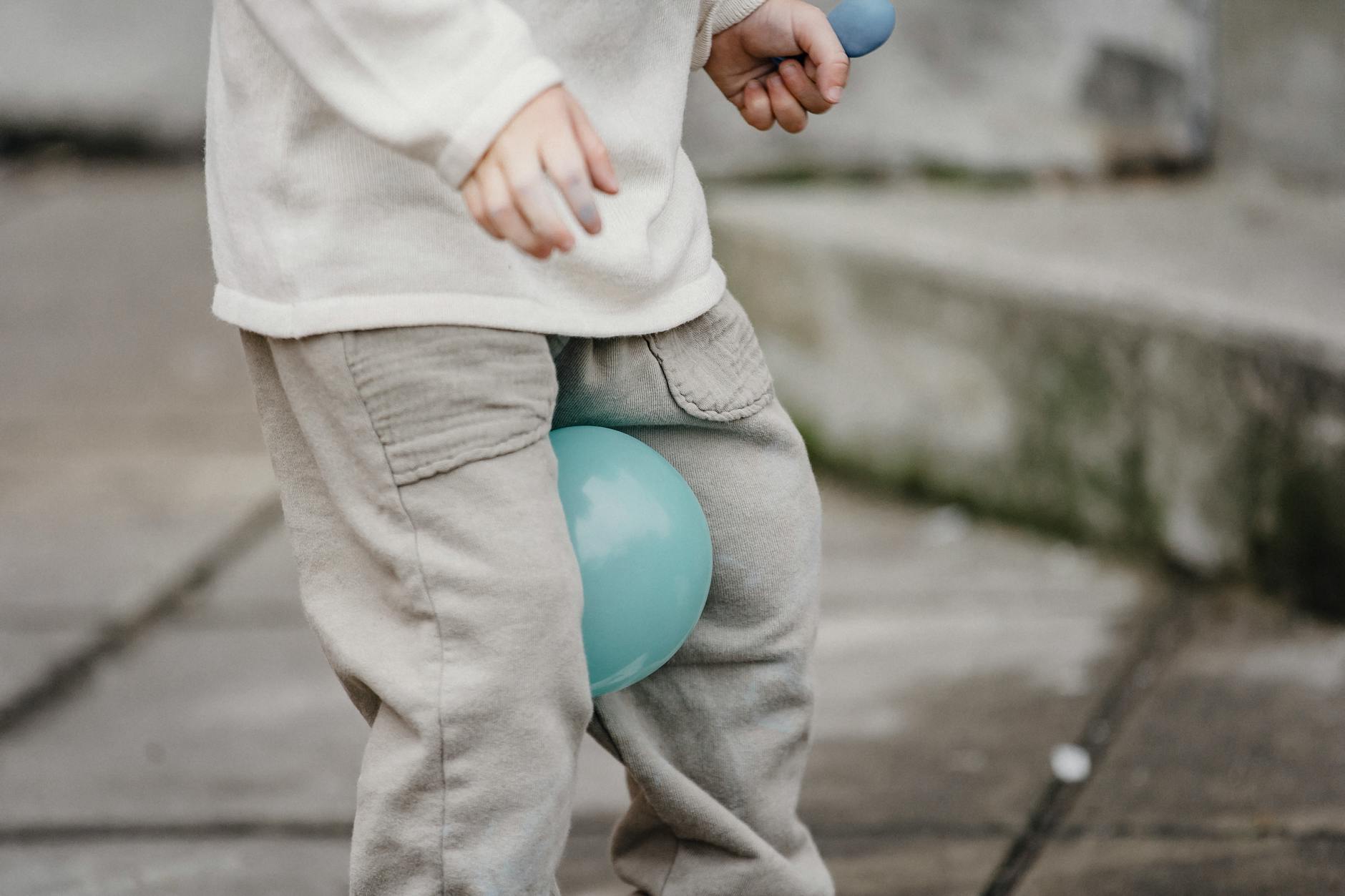Discover how to choose the perfect bike for your child with these essential tips for navigating the world of kids’ bikes.
Table of Contents
Choosing the right bike size for children is crucial in ensuring their safety and enjoyment while cycling. From considering the child’s age and height to selecting the appropriate features, finding the perfect fit can make all the difference in their biking experience. In this blog post, we will explore the steps to choosing the right bike size for children, safety tips for cycling with kids, and the best balance bikes for 2-year-olds.
Choosing the Right Bike Size for Children
When it comes to selecting the perfect bike size for children, there are several factors to consider. One of the first things to take into account is the child’s age and height. Different bike sizes are designed to accommodate varying heights and ages, so it’s essential to match the bike size to the child’s measurements for optimal comfort and safety.
Additionally, look for bikes with adjustable features such as handlebars and seat height. These adjustable features allow you to customize the fit of the bike to suit the child’s proportions, ensuring a comfortable riding experience. It’s also a good idea to have the child test ride the bike before making a final decision to ensure that they feel comfortable and in control while riding.
Consider the child’s skill level and experience when choosing a bike size. For younger or less experienced riders, a smaller bike with training wheels may be more appropriate. As the child becomes more confident in their biking abilities, you can gradually transition to a larger bike without training wheels.
Safety Tips for Cycling with Kids
Safety should always be a top priority when cycling with kids. One of the most important safety precautions is ensuring that children wear a helmet at all times while riding a bike. Helmets can help protect against head injuries in the event of a fall or collision, so it’s essential to make sure that the helmet fits properly and is worn correctly.
In addition to wearing helmets, it’s crucial to teach children about road safety and how to properly ride a bike. Teach them to obey traffic rules, look both ways before crossing the street, and use hand signals to indicate turns. Supervise younger children closely while they are riding their bikes to ensure they stay on safe paths and avoid potential hazards.
Before each ride, make sure the bike is in good working condition. Check the brakes, tires, and other components to ensure that everything is functioning properly. Regular maintenance and inspections can help prevent accidents and ensure a safe riding experience for children.
Best Balance Bikes for 2-Year-Olds
Balance bikes are a great way to introduce young children to cycling and help them develop their balance and coordination skills. When choosing a balance bike for a 2-year-old, look for features such as a lightweight frame, adjustable seat height, and puncture-proof tires. These features can make it easier for young children to learn how to balance and steer a bike without the added complexity of pedals.
Starting with a balance bike can help children build confidence and develop their biking skills before transitioning to a pedal bike. Balance bikes are also a fun and low-pressure way for kids to learn how to ride a bike at their own pace. Consider factors such as handlebar height, weight capacity, and overall design when choosing a balance bike for a 2-year-old.
When teaching a child to ride a balance bike, start in a safe and open area free from traffic or obstacles. Encourage the child to practice balancing and steering while walking or gliding on the bike. With patience and practice, most children can quickly learn how to ride a balance bike and eventually transition to a pedal bike when they are ready.
Maintaining Bike Safety and Size as Kids Grow
As children grow, it’s essential to regularly check and adjust their bike size to ensure a proper fit. Upgrading to a larger bike when the child outgrows their current one can help prevent discomfort and potential injuries while riding. Pay attention to the child’s height and comfort level to determine when it’s time to transition to a larger bike.
Teach children how to properly maintain their bikes for optimal safety. Regularly check the brakes, tires, and other components for wear and tear, and make any necessary repairs or adjustments. Encourage children to take pride in caring for their bikes and understanding how to keep them in good working condition.
By prioritizing safety and comfort when choosing the right bike size for children, parents can help ensure that their kids have a positive and enjoyable biking experience. Whether starting with a balance bike or transitioning to a pedal bike, the right fit and proper safety precautions can make all the difference in fostering a love of cycling in children.
Remember to always supervise children while they are riding their bikes, teach them road safety rules, and encourage regular maintenance to keep their bikes in top condition. With the right bike size and safety measures in place, children can enjoy the benefits of cycling while staying safe and secure on their bikes.

